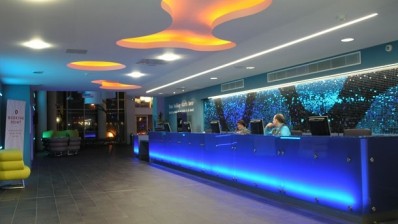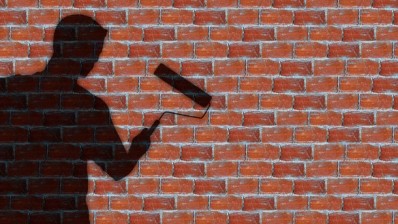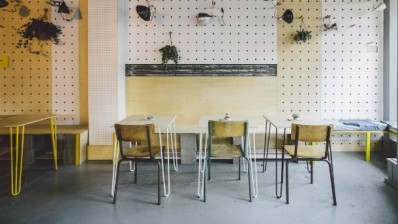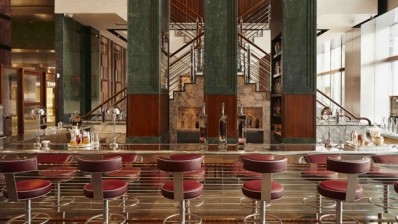ASK THE EXPERTS
How to design a welcoming restaurant
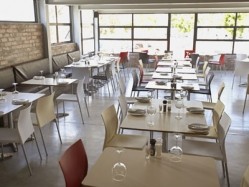
Start from the outside
It is often said that people decide whether they like something or not within the first seven seconds of seeing it, which doesn't give much time to give that all important first impression.
However, it does show how important the outside of your premises is in attracting the first time customer. Ask yourself 'would I want to take a step over the threshold to see what this premises has to offer?' The outside should say something about what the client should expect inside (although a surprise element can also be considered).
Take a look at your premises and approach it from different routes. Try and visualise what your potential customer will see: Is the signage clear, does it tell you what you need to know and is it easy to read?
Also, is the building lit in the right way? Often having a building which is properly lit, anything from full floodlighting to small directional pools of light, can be your best form of signage.
Promote the inside outside
Having some kind of inside/outside visibility can also be a key to enticing someone through your door. Making the building itself appealing is great, but allowing people to see in prior to entering also acts as a draw.
More and more restaurants are making use of the outside area to create the ‘cafe pavement’ experience. This can be used all year round with canopies, glass screens and heaters which all help to advertise the eating establishment inside. In summer, with the use of sliding or folding doors this ‘blur’ between the inside and outside can be a wonderful addition to your restaurant.
Even if you can't offer pavement dining, you could be just as successful by affording glimpses of the interior on the outside. Consider the lighting from outside in and make sure you create the image you want to portray, whether that's cosy, stark or happening.
Of course, it should be noted that some of the most successful restaurants have had very little ‘frontage’ and for instance a mere wedge of glass coming out of the pavement forming entrance doors can be enough to entice people in.
Focus on the entrance
Once inside the principle remains the same – what will people see, where will they move to and what will they sense in those all important first few moments. Consider taking the journey into your restaurant yourself. This is your chance to reinforce what you have already promised from the outside of the building.
Make sure there is something to capture your interest when you walk in. It may be just a glimpse of something further into the restaurant, or you may be confronted by the whole layout the moment you walk through the door.
The type of offering, and of course the clientele you are looking to attract, should dictate how you want your restaurant to look. The greeting and waiting area may be a bar adjacent the main dining area, or it may be just a few comfy seats. It helps too if you announce in the decor, the lighting and the layout what you are expecting your guests to experience throughout their meal.
Go with the flow
How you move through the spaces in your restaurant will also be crucial in its design. Make sure the flow from entering to greeting to the table is a pleasant experience. If this route can include glimpses of more interest/excitement further into the building even better.
It can be worth considering the different customers who will be visiting, from the couple who may require a more intimate space to the larger ‘party crowds’ who want to see and be seen. The flow of spaces should take account of these differing types of dining experiences and the layout should be able to accommodate them without compromising the adjoining group of tables.
The atmosphere created in the overall space is, of course absolutely crucial to giving the customer the right experience. The design of the wall, floor and ceiling finishes, the creation of booths, screens, and other fixtures together with the choice and design of the loose furniture will dictate how your premises are perceived. If you can understand in your own mind what you are trying to say to your customers the design of these elements will form part of that vision.
Add some theatre
Theatre has become a large part of many successful restaurants and a good design can add to this. The open plan kitchen is a great way to let the customers not only see the quality of what is being prepared but also join in the experience and dynamics of the cooking process.
If creating an open kitchen make sure the movement of picking up and dropping off is fully considered. You'll need to think about where the dirty dishes will be dropped off for example and don't forget the noise. It may be worth considering a glass screen element in front of the whole kitchen allowing customers to see but not hear quite as much.
As in the theatre, having the right level of lighting is crucial and I am convinced correct lighting is the one item that can make or break a good scheme. This is one for the eye – always consider what you want the customer to see and feel and design your lighting and your levels of lighting around this.
Of course, a great restaurant requires great food, great service and a great ambiance, but a quality, well-considered design can start you on your way to the third ingredient and give you the best chance to create the excellent dining experience you wish for your customers.
